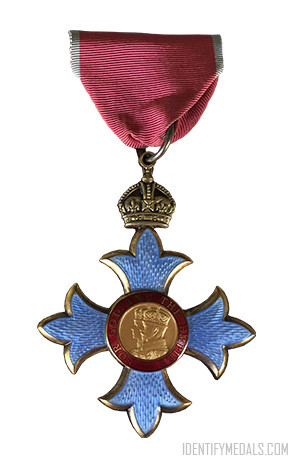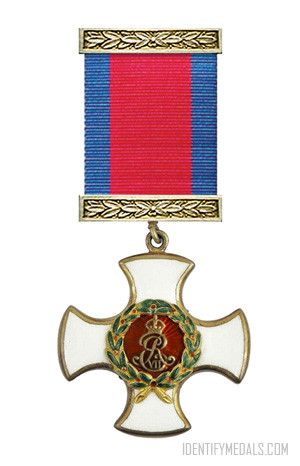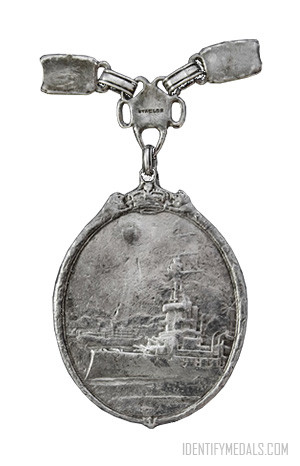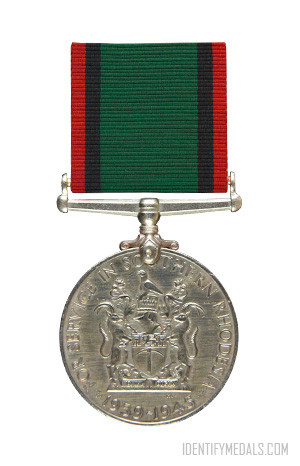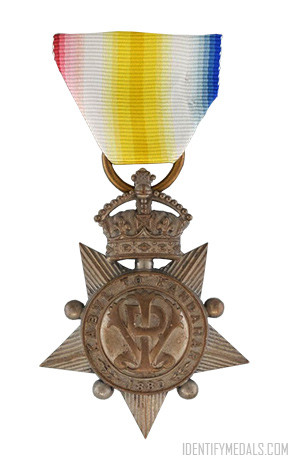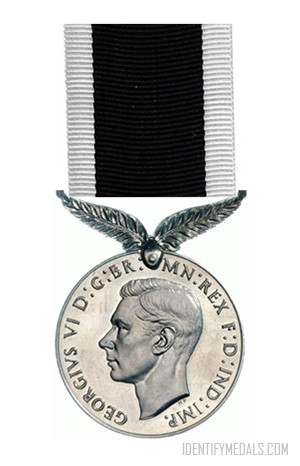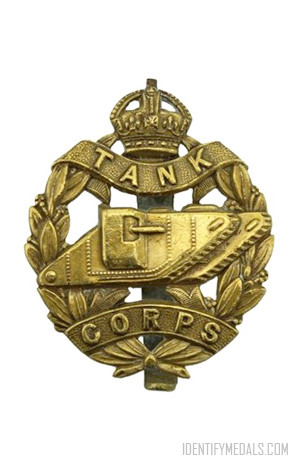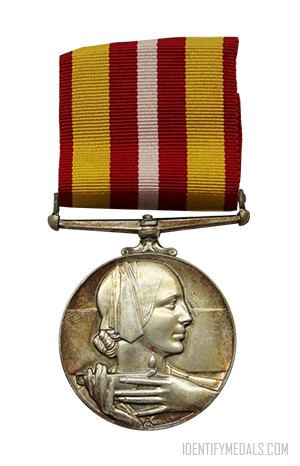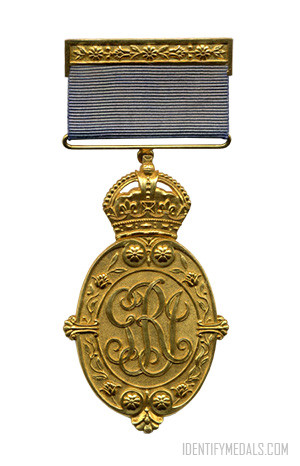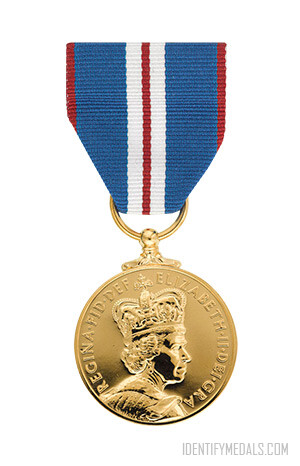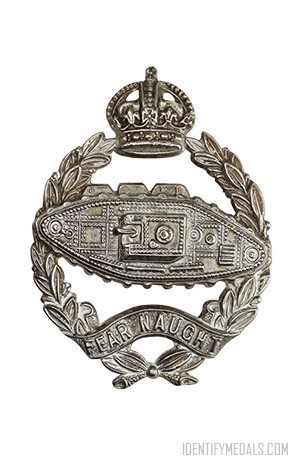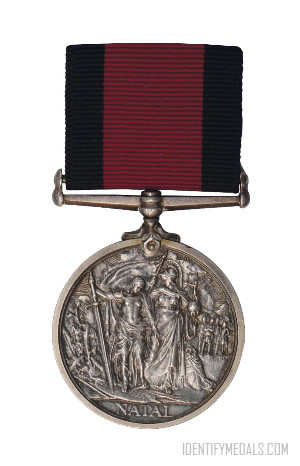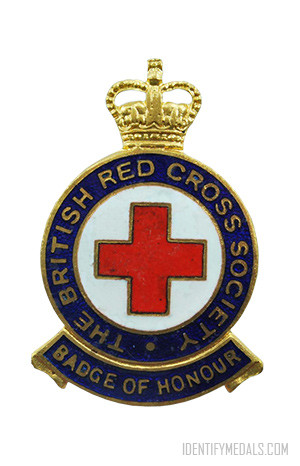- Time Period: The Great War WW1
- Year of Institution: 4 June 1917
- Country: Great Britain
The Most Excellent Order of the British Empire is a British order of chivalry that rewards work with charitable and welfare organizations, contributions to the arts and sciences and public service outside the Civil service.
The Most Excellent Order of the British Empire was established on 4 June 1917 by King George V, and comprises five classes across both civil and military divisions. The most senior two of them make the recipient either a knight (male) or Dame (female).
The five classes of appointment to the Order are, in descending order of precedence:
- Knight Grand Cross or Dame Grand Cross of the Most Excellent Order of the British Empire (GBE)
- Knight Commander or Dame Commander of the Most Excellent Order of the British Empire (KBE or DBE)
- Commander of the Most Excellent Order of the British Empire (CBE)
- Officer of the Most Excellent Order of the British Empire (OBE)
- Member of the Most Excellent Order of the British Empire (MBE)
The senior two ranks of Knight or Dame Grand Cross, and Knight or Dame Commander, entitle their members to use the title of Sir for men and Dame for women before their forename.
The Order of the British Empire Medal Design
Members of the Order wear elaborate vestments on important occasions, which vary by rank: The mantle was originally made of yellow satin lined with blue silk but is now rose pink satin lined with pearl-grey silk. It’s worn only by Knights and Dames Grand Cross. The collar is made of gold and consists of six medallions depicting the Royal Arms, alternating with six medallions depicting the Royal and Imperial Cypher of George V (GRI, which stands for “Georgius Rex Imperator“) and is also worn by only Knights and Dames Grand Cross.
The star is an eight-pointed silver star worn pinned to the left breast and bearing a crimson ring with the motto of the Order inscribed. Within the ring, before 1937 a figure of Britannia was originally shown. Since then, the effigies of George V and Mary of Teck are shown instead.
The badge was, until 1937, suspended on a purple ribbon with a red central stripe for the military division. After 1937 the ribbon became rose-pink with pearl-grey edges, with the addition of a pearl-grey central stripe for the military division. The badge is in the form of a cross patonce, the obverse of which bears the same field as the star; the reverse bears George V’s Royal and Imperial Cypher. Both are within a ring bearing the motto of the Order. The size of the badges varies according to rank.

